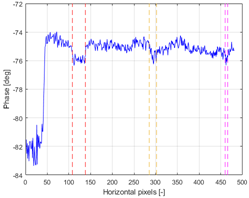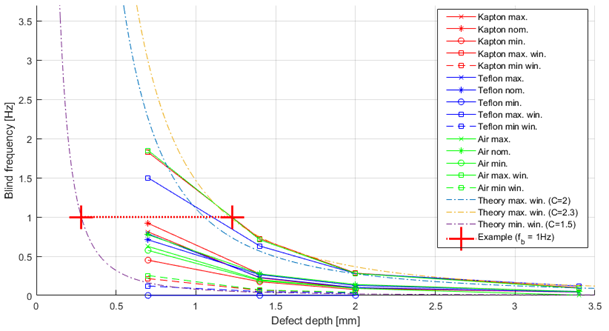Characterisation of damage in composite materials using infrared thermography
Rémon Kalter – Royal Netherlands Aerospace Center (February – September 2019)
Thesis: https://essay.utwente.nl/79439/

Summary
The Non Destructive Testing (NDT) of large surface composite aerostructures is a very time consuming but critical process. Optical thermography is a relatively fast method for large surface inspection. This method is currently applied as a first quick scan after which more detailed inspections are performed with different NDT methods to determine the defect properties. This research is conducted to determine the defect characterisation capabilities of optical thermography as a NDT method for CFRP aerostructures to make the application of other NDT methods redundant and significantly decrease the time required for inspections.


The influence of all parameters on the thermography results are determined and combined to obtain the minimum and maximum results for a certain defect. This is then performed for different defects to determine the capability of each thermography method to distinguish different types of defects.
It is concluded that the best-suited method for defect characterisation is frequency domain analysis thermography. The numerical results described in this report allow for decisive characterisation of subsurface defects with the aid of optical thermography without detailed knowledge on the composite material properties but requires knowledge of the potential defects in the sample. The greatest uncertainty in the characterisation of defects with the aid of optical thermography is the lack of detailed knowledge on the composite material properties which results in a rather large spread of the possible thermography results for a certain defect.
Key results
· Different active optical thermography methods are compared using simulations and experiments.
· The influence of all parameters on the thermography methods is determined. The influences are combined to obtain the minimum and maximum thermography results for a certain type of defect.
· The data is combined in graphs with areas that can be used to determine defect characters with the data obtained from optical thermography (frequency domain analysis).


